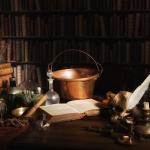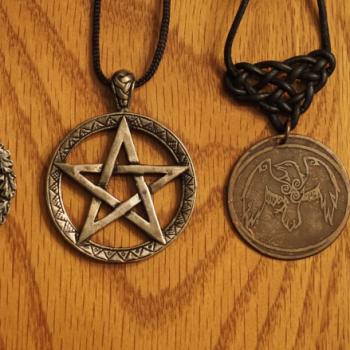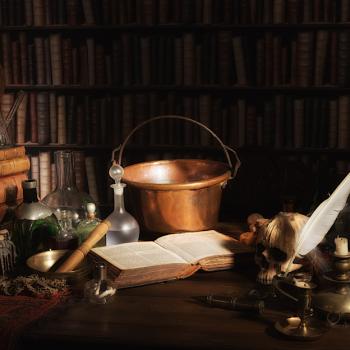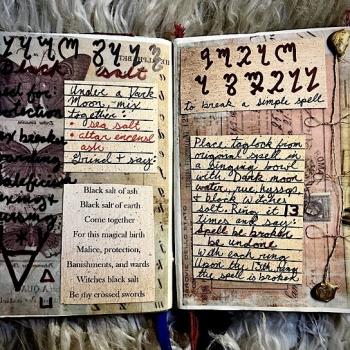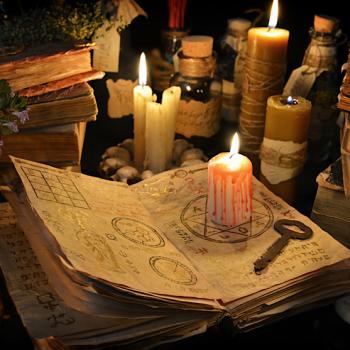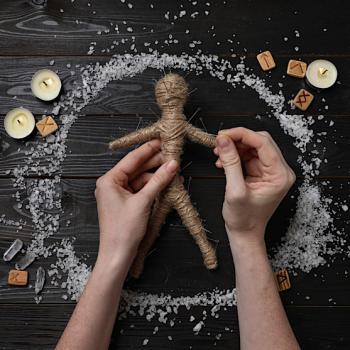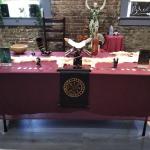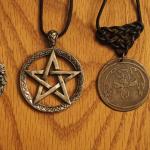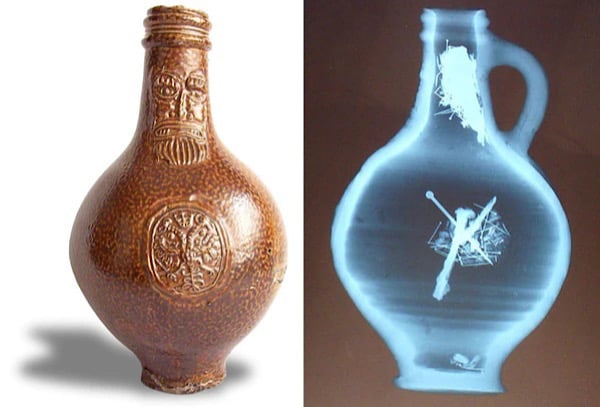
Doom-scrolling for Witch Bottles
The other day, I was on social media when I saw a video of someone creating a protective Witch Bottle. From historical records and excavations, we know that Witch Bottles were a bit of folk magic that protected those dwelling in a home from the malefic influence of a witch. It stems from the UK and has made its way through Europe and the US.
The concept is simple. A clean bottle is filled with nails, pins, maybe thorns, hair and fingernail clippings of those in the home, and urine. Then it was capped and sealed in wax. Historically, it was placed up the chimney, in the foundation of the house, or buried on the grounds. The purpose of this item was twofold. First, it would create a decoy as a target for any baneful magic sent the families way. Secondly, it would trap the spell in the bottle getting suck in the nails and pins, sometimes even inflicting harm back on the caster.
These devices have been documented as far back as the 1600s, and in modernity, they are used by witches as an apotropaic tool against hexes and curses sent our way. What surprised me when I went to comment on this creators video was the backlash in the comment section…
“That’s how you hex yourself”
“You put your hair and pins in the same bottle with needles and peed in it?! That’s asking to bring bad sh*t your way”
“That’s a sour jar”
“You’re just cursing yourself”
“Those are baneful ingredients. I’m not putting taglocks of myself in there!”
Ect, ect….
Needless to say, I was disappointed. What this tells me is way too many people have been getting their education and information from tiktok, social media, YouTube, and very surface level resources.
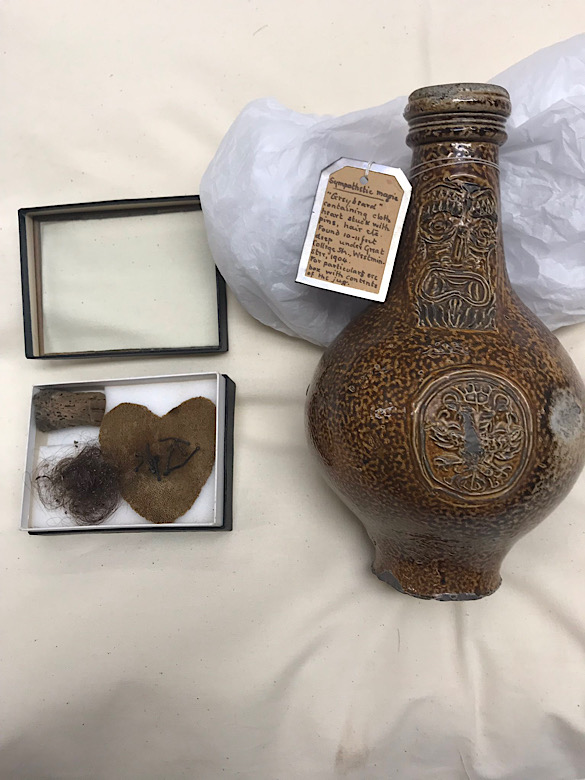
Folks, it’s Time to Log Off Witchtok
In modern times, many of us use herbs, tools, and items that have correspondences associated with them (ie: roses for love, basil for money, yarrow for healing, and sharp objects for hexing). It’s the basics of sympathetic magic. But if this is the extent of a practitioners knowledge, and they then go on social media to share that, a feedback loop begins in our community. Limited information only gets recycled and like a game of telephone, tends to become misinformation given enough time.
Culture Matters
First off, let’s address this. A Sour Jar is a hoodoo practice that involves using sour ingredients to sour someone’s life. That’s not what a witch bottle is. These two items cannot be compared. They come from two different backgrounds, cultures, and needs. Do not disrespect the African diaspora by ignoring their personal cultures and origins. When we make assumptions like “this looks like this, therefore they are the same” we are not only erasing people and history, we are relapsing into the colonizer mindset. STOP THAT!
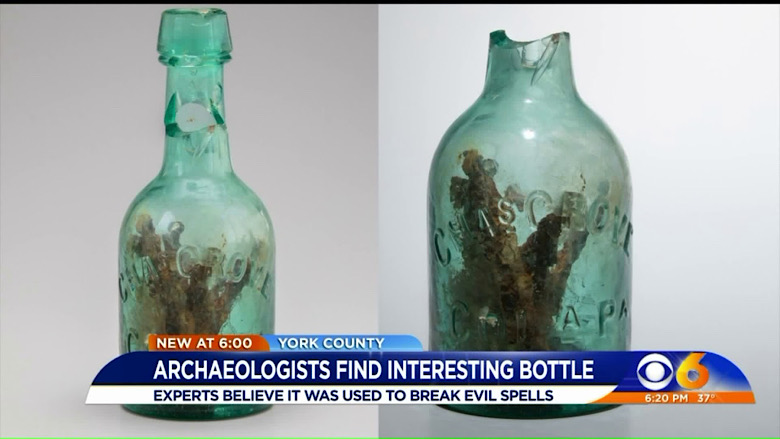
Intention isn’t Everything, but it Matters
Next, we need to get into understanding how intention plays a part in our craft. When we use pins in a poppet to hurt someone, that’s the intent. It’s meant to sympathetically represent pain or discomfort with the pricking of a sharp object. But that same tool can be used to heal. If you fill a poppet with healing herbs, and chant:
Healing herbs
Bound within
Heal (name)’a heart
Where I pin
Then use 9 needles to pin directly to the heart 9 times, it’s very clear this isn’t about causing harm, but directing the energy towards illness in the targets heart.
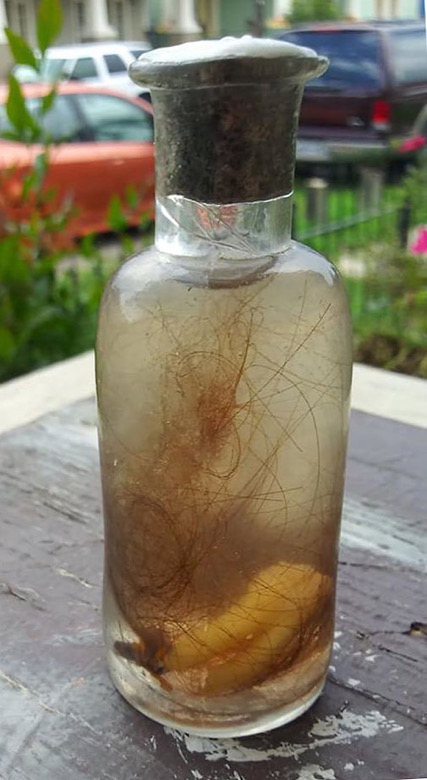
Similar things can be said of most items and tools. Nails can harm, but also protect. The same plant that the blooms the rose, also produces the thorns. So when you make a hex jar with a taglock of your target (hair, fingernail clippings, a personal item, picture, or name and birthdate) and with deep malice put in pins, iron nails, thorns, and pee in it… well what do you know? That sounds a lot like a Witch Bottle, but it’s not. Because you created it evoking baneful power. You created it with nefarious intent. You cast it specifically to curse.
A Witch Bottle on the other hand is created to protect. The exact same ingredients are put in but with a completely different set of motivations. Hair, nail clippings, and urine create a representative of you (or those in the household). The pins and sharp nails represent a violent protector and defense against baneful work. It’s buried on your property so that when that baneful work is sent your way, it acts as a decoy trapping the energy, the hex, the curse, and once inside, it’s obliterated by the sharp objects within.
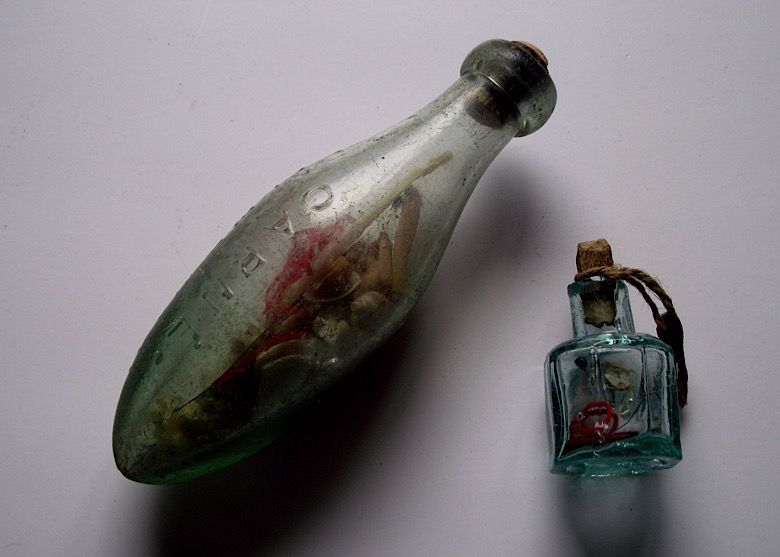
Context Matters
Tools, plants, and magical arts have different correspondences and virtues depending on the doctrine of signatures, planetary connections, and cultural histories. Learning and practicing witchcraft means understanding that. So when I see someone on social media creating a historical Witch Bottle for protection and the comments read like a walk of shame, not only does my heart break for this creator, but also for the folks out there misinformed and deluded by the vicious cycle of limited information available on “witchtok”.
It’s time to log off. It’s time to hit the books. It’s time to take a walk outdoors. And it’s time we all collectively say out loud, “No, my Witch Bottle is not going to hex me”.
From the crossroads of Texas,
Marshall WSL
For more resources on witch bottles, their history, lore, and how to make them:
Witch Bottles: History, Culture, Magic by Daniel Harms
New World Witchery by Cory Thomas Hutcheson
Cunning Words: a Grimoire of Tales and Magic



